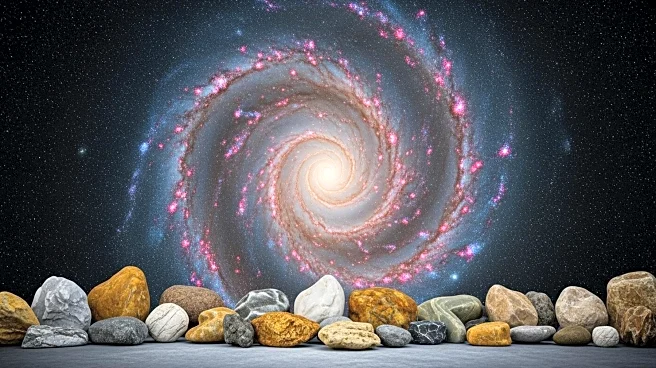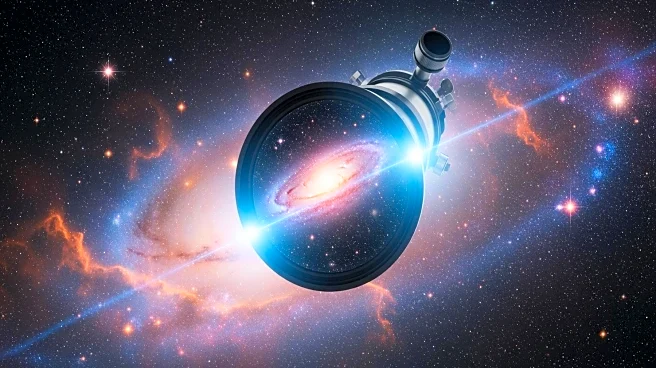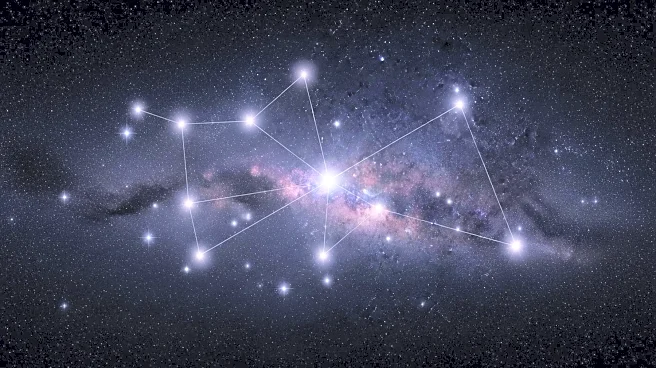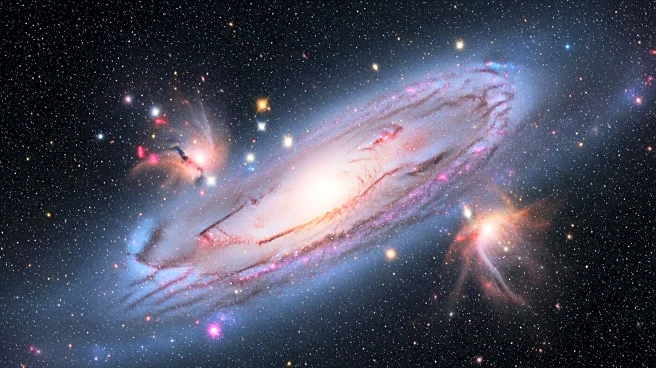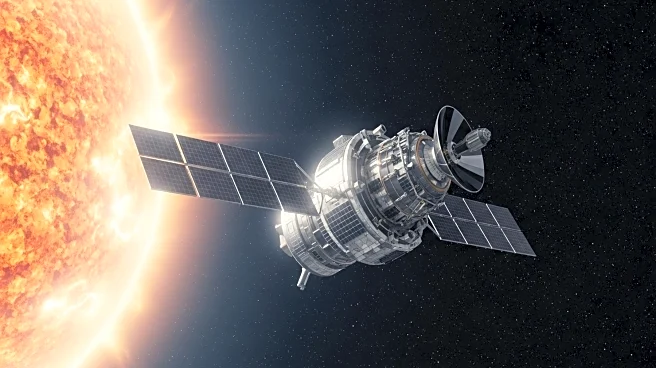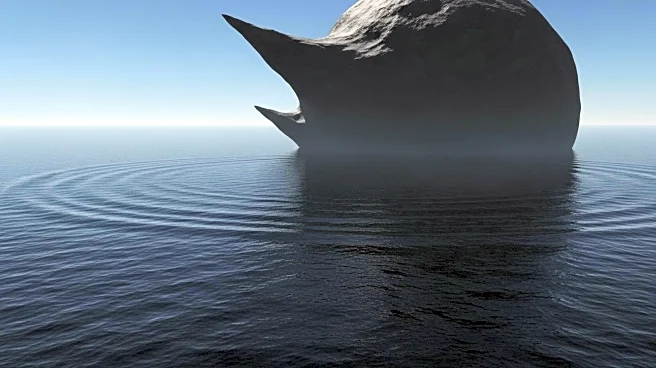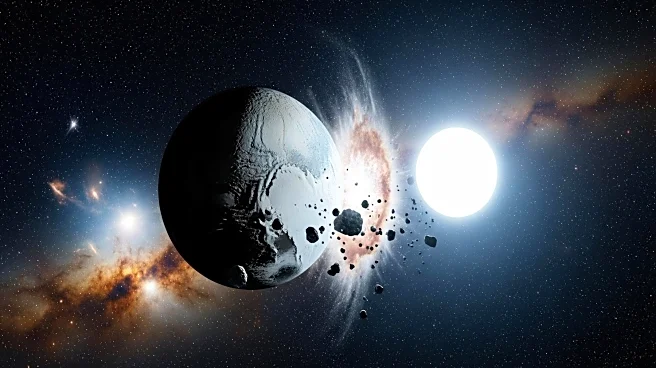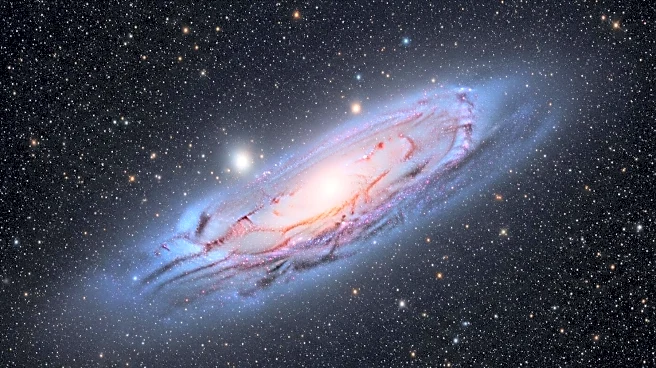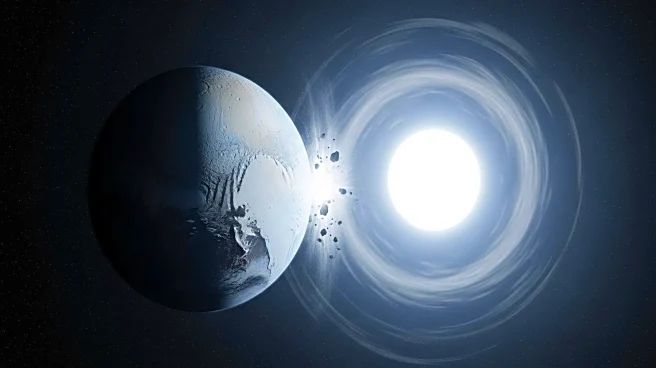What's Happening?
A new study published in Physical Review Research suggests that Earth's crust may have been influenced by the Solar System's journey through the Milky Way's spiral arms. Researchers compared maps of hydrogen gas in the galaxy with chemical fingerprints in ancient zircon crystals on Earth. The findings indicate that periods when the Solar System passed through spiral arms, regions with denser hydrogen, align with spikes in zircon oxygen variability. This suggests that Earth's crust was more chaotic during these times, potentially due to increased comet and asteroid impacts triggered by the Solar System's passage through these arms.
Why It's Important?
The study offers a novel perspective on planetary evolution, suggesting that Earth's geological history may be linked to astrophysical events. Recognizing the influence of the Milky Way's spiral arms on Earth's crust could provide new insights into crustal growth, habitability, and the emergence of life. This research challenges traditional views of Earth's geological processes, highlighting the potential impact of cosmic events on planetary development. Understanding these connections could enhance our knowledge of Earth's history and inform future studies on planetary geology.
Beyond the Headlines
The study raises questions about the broader implications of cosmic influences on planetary geology. If Earth's geology responds to the rhythms of the galaxy, it suggests that to fully understand Earth, we must consider the vast structures of the Milky Way. This perspective could lead to new approaches in studying planetary evolution and the factors that drive geological changes. The findings also underscore the importance of interdisciplinary research, combining astrophysics and geology to explore the complex interactions between cosmic and terrestrial processes.

